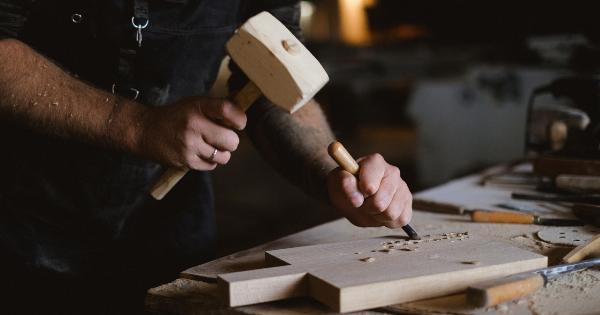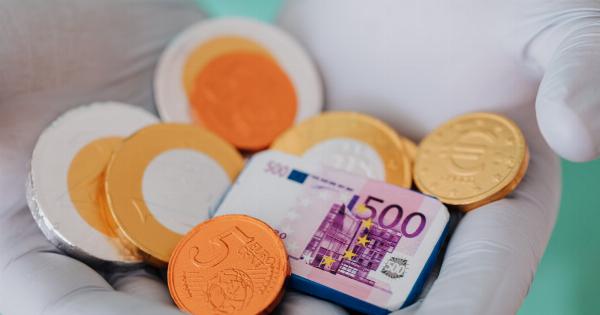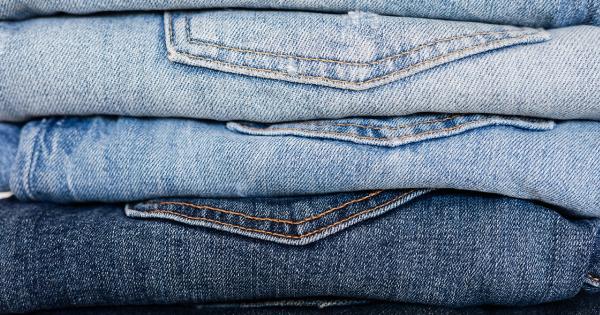Shaving is a daily routine for most people, but have you ever stopped to consider the hidden costs associated with shaving? Sure, the price of razors and shaving creams might seem like the only costs involved, but there are other factors to consider that can make shaving a much more expensive endeavor than you might have realized. In this article, we’ll explore some of the hidden costs of shaving that you may not have thought about before.
1. Razor Blades Add Up
The cost of razor blades is likely the most obvious cost associated with shaving, but it’s worth touching on nonetheless. Most companies sell razor blades in blister packs containing anywhere from four to ten blades.
Depending on how often you shave, you may need to replace the blade as often as every week. As a result, the cost of razor blades can quickly add up over time.
One way to cut down on the cost of razor blades is to invest in a reusable safety razor. While the initial investment may be higher, the cost of replacement blades is significantly cheaper than disposable razor blades.
2. Shaving Creams and Gels
Many people use shaving creams or gels to help lubricate the skin and reduce irritation during shaving. These products can be relatively inexpensive, but they do add up over time.
One way to save money on shaving creams and gels is to opt for a more affordable brand or switch to a shaving soap that can be lathered up with a brush.
3. After Shave Products
After shave products, such as toners and balms, are often marketed as essential parts of a shaving routine. While these products can help soothe the skin after shaving, they are not always necessary and can be quite expensive.
If you’re looking to cut costs, consider skipping these products or finding a more affordable alternative.
4. Water Costs
Many people don’t even realize this, but the water costs associated with shaving can be quite significant. According to some estimates, a typical shower uses around 17.2 gallons of water.
If you’re shaving every day, that can add up to a lot of extra water consumption over time.
One way to cut down on water costs is to shave in the sink rather than the shower. This can help reduce water waste and save you money on your water bill.
5. Skin Care Products
Shaving can be tough on the skin, especially if you have sensitive skin. As a result, many people invest in various skin care products to help soothe and protect their skin after shaving.
These products can include things like moisturizers, exfoliants, and serums.
While these products can be helpful, they can also be quite expensive. If you’re looking to cut costs, consider using natural remedies like honey, aloe vera, or coconut oil to soothe your skin after shaving.
6. Time Costs
Another hidden cost of shaving that many people don’t consider is the time it takes to shave. Depending on how much hair you have to shave, the process can take anywhere from a few minutes to a half an hour or more.
This can be a significant time drain, especially if you consider the fact that you may need to shave every day.
One way to save time is to invest in a high-quality electric shaver. These shavers can be more expensive upfront, but they can save you time in the long run by reducing the amount of time it takes to shave.
7. Environmental Costs
The environmental costs associated with shaving are another hidden cost that many people don’t consider. Disposable razors and razor blades are not recyclable and can contribute to landfill waste.
Additionally, shaving creams and gels often contain plastic packaging that can also contribute to environmental pollution.
One way to reduce your environmental impact is to switch to a reusable safety razor and opt for shaving soap that comes in plastic-free packaging.
8. Injuries and Infections
Shaving can also come with the hidden cost of injuries and infections. Razor burn, nicks, and cuts can be painful and inconvenient, and they can also lead to infections if not properly treated.
Additionally, the bacteria on your razor can accumulate over time, increasing your risk for infections.
To reduce your risk of injury and infection, make sure to always use a clean razor and replace the blade regularly. Additionally, consider using an aftershave product that contains antiseptic ingredients, like witch hazel or tea tree oil.
9. Emotional Costs
Finally, the emotional costs associated with shaving are another hidden cost that many people don’t consider. For many people, shaving is a daily reminder of societal beauty standards and expectations.
This can lead to feelings of insecurity, anxiety, and self-doubt.
To reduce the emotional costs associated with shaving, consider re-evaluating why you feel the need to shave and whether it’s truly necessary for your own happiness and well-being.
Additionally, consider practicing self-care activities that help boost your self-esteem and confidence.
Conclusion
Shaving may seem like a relatively simple and straightforward task, but there are many hidden costs associated with it that you may not have considered.
From the cost of razor blades and shaving creams to the environmental and emotional costs, shaving can be a much more expensive endeavor than you might have realized. By being aware of these hidden costs, you can make more informed decisions about how to shave in a way that’s both cost-effective and sustainable.



























